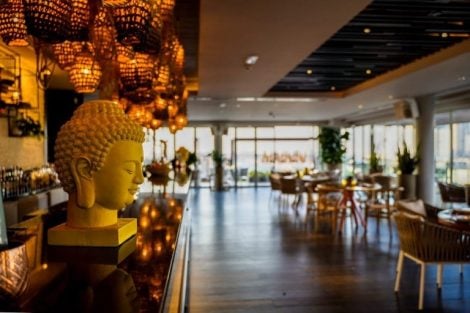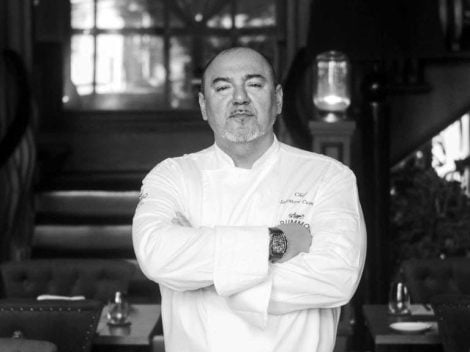The segment of non-alcoholic (no alcohol) and low-alcohol beverages is advancing. A global rise that also affected 2023, a year in which aggregate consumption recorded a +5% increase, bringing the turnover to over 13 billion dollars (approximately 12 billion euros). Between 2023 and 2027, this category of beverages (which includes beer, wine, spirits) is estimated to progress at a rate of 6% annually by volume, according to experts from Iwsr (a London-based institute specializing in market research). The main drive will come from non-alcoholic beverages (+7%), with less contribution from low-alcohol ones (+3%). According to analysts, we are facing a trend that is currently unstoppable. "As non-alcoholic and low-alcohol beverages become increasingly established in the alcoholic beverage landscape, after a peak in 2020-2021, the growth rate is slowing down," commented Susie Goldspink, head of no and low alcohol insights at Iwsr, "but this category is poised for significant and robust increases in the coming years, driven precisely by the non-alcoholic segment and constantly high levels of engagement."
Non-alcohol will outperform low alcohol
Analyzing the two categories in detail, non-alcohol beverages currently account for two-thirds of the volumes of the entire non-low alcohol category, which for 72% consists of beer/cider. In particular, Iwsr reports that the non-alcohol segment continues to grow compared to the performance of traditional alcoholic beverages, and especially estimates that by 2027 it will reach almost 4% of the total volumes of alcoholic beverages consumed in the top ten global markets (Australia, Brazil, Canada, France, Germany, Japan, South Africa, Spain, the United Kingdom, and the United States).
Countries with the highest growth
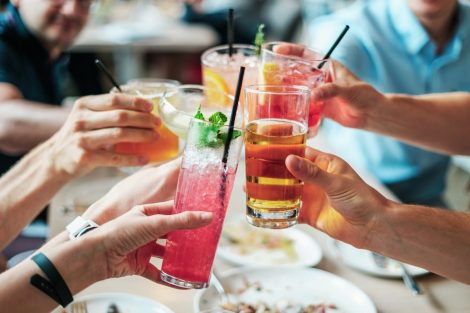
According to the latest data available from Iwsr, the future growth of the non-alcoholic sector will be driven by less developed markets in this specific segment such as Canada, the United States, Australia, and Brazil. However, it is expected that more mature ones, such as Germany and Spain, will each grow at a compound annual growth rate of just 2% between 2023 and 2027. For Japan, a high mature market, a 5% growth is forecasted over the same period. These are forecast estimates that coincide with the current market penetration rate of the non-low alcohol category considered as a whole. In fact, in Spain and Germany, the percentage share of total alcohol volumes consumed exceeds 10%, while it is below 2% both in Canada and the United States. There remains a strong disparity among countries when considering growth opportunities for manufacturing companies: "Markets where the no/low approach is more rooted tend to target older consumers, while countries where the category's growth is higher - explains Goldspink - generally have a lower penetration of no-low alcohol and therefore a higher share of younger consumers, who tend to moderate alcohol consumption more easily and embrace non-alcoholic or low-alcohol beverages."
Who are the no-low alcohol consumers?
An increasing number of alcoholic beverage consumers are switching to non-alcoholic or low-alcohol beverages. But the main segment that is losing ground compared to non-alcoholic is that of other non-alcoholic beverages (including non-alcoholic drinks and water). This, for Iwsr, is a trend that is somehow limiting erosion and cannibalization between the no-low category and the traditional alcoholic category. At the same time, it offers growth opportunities for commercial brands. An Iwsr survey at the end of 2023 in the top 10 zero and low-alcohol markets found that 44% of those consuming no-low alcohol beverages claim to have switched (replaced) from one non-alcoholic beverage to another (such as soft drinks, water, tea, or coffee). 29% of consumers, however, have replaced a full-strength product with a no-low alcohol beverage. But the figure is higher than that of 2022. Members of Generation Z and Millennials are "more interested in trying new non-alcoholic alternatives compared to older consumers," and companies are increasing their offerings trying to adapt them to different age groups and consumption occasions. This is evidenced by the fact that the number of new no-low alcohol products launched on the market has nearly tripled from 2019 to 2023.
The most dynamic products: from sparkling wines to beers
![]()
Companies are investing significantly in the no-low alcohol category. Beers, agave-based drinks, the increasingly popular CBD drinks (beverages containing substances that reduce stress and improve attention) are some of the categories affected by the no-low alcohol trends. But what about wines? In light of the difficulties in the traditional wine segment, brands that now produce non-alcoholic wines are trying to capitalize on the success of the sparkling category. Aurora 0.0%, Gotas D'Or 0.0%, and Espuma de Prata 0.0% are some of the emerging products in Brazil, which Italy has been looking at lately as a market to invest in. In Australia, Not Guilty (a brand of the listed company Australian Vintage) embraces wine and ready-to-drink, including a prosecco and a prosecco rosé in bottles and cans. Following the Italian sparkling wines, French brands are also moving: this is the case of Nozeco (produced by the Grands Chais de France group) in Canada and the United Kingdom. Iwsr also reports significant potential in the Middle East, recalling how in Saudi Arabia there is a consolidated demand for sparkling grape juice sold in packages reminiscent of sparkling wine. "Those who have never tried alcoholic sparkling wines," notes Goldspink, "will not have the same expectations regarding the taste of non-alcoholic beverages."

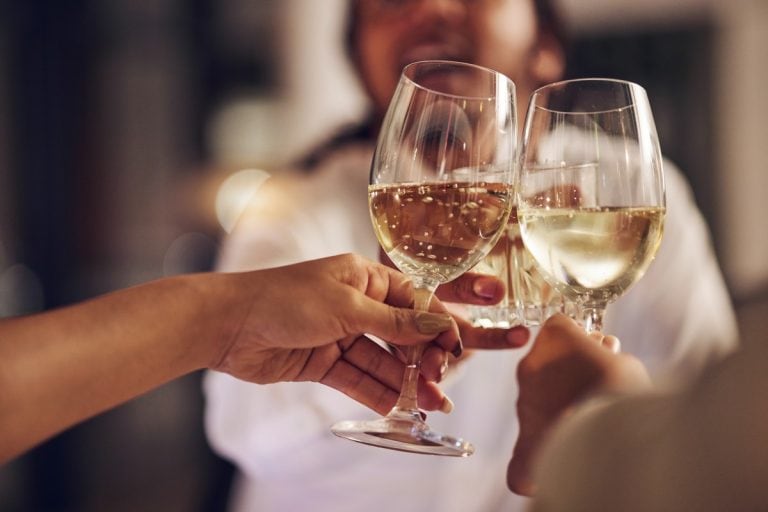
 Women are the best sommeliers. Here are the scientific studies
Women are the best sommeliers. Here are the scientific studies Where to eat at a farm stay in Sicily: the best addresses in the Provinces of Trapani, Palermo, and Agrigento
Where to eat at a farm stay in Sicily: the best addresses in the Provinces of Trapani, Palermo, and Agrigento Wine in cans, bottle-fermented, and alcohol free: the unstoppable change in Gen Z’s tastes
Wine in cans, bottle-fermented, and alcohol free: the unstoppable change in Gen Z’s tastes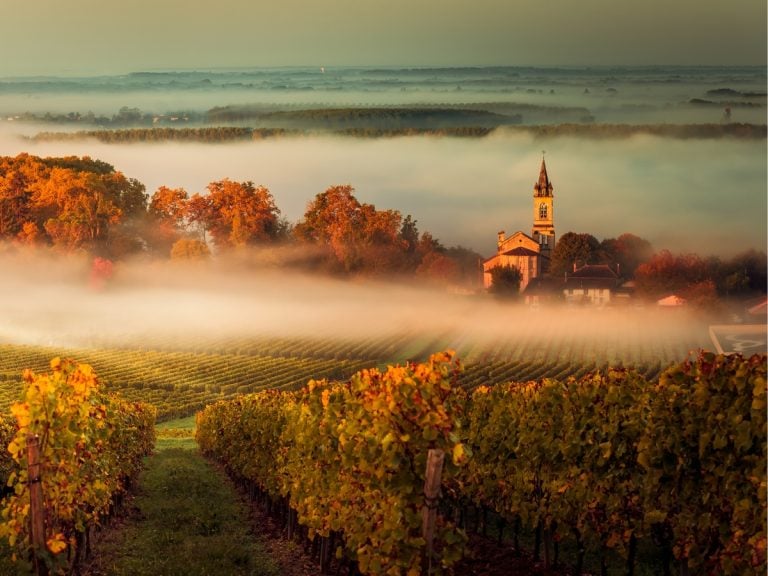 The great Bordeaux exodus of Chinese entrepreneurs: around fifty Châteaux up for sale
The great Bordeaux exodus of Chinese entrepreneurs: around fifty Châteaux up for sale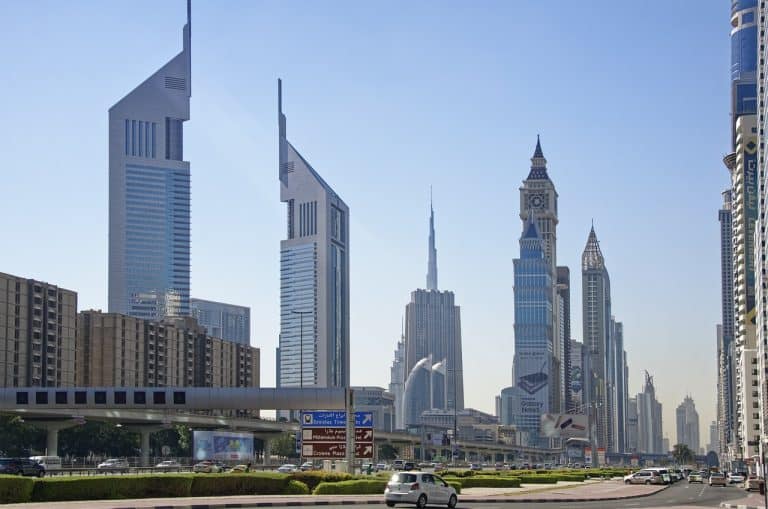 Dubai speaks Italian: a journey through the Emirate's best Italian restaurants
Dubai speaks Italian: a journey through the Emirate's best Italian restaurants



